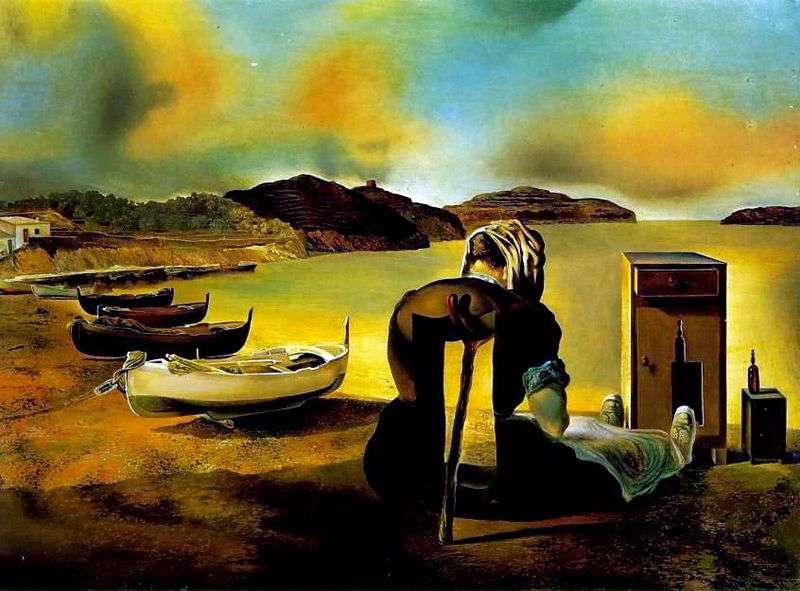
The writing of Salvador Dali’s canvases “Breastfeeding feeding food-fodder” coincided with the date of the artist’s marriage to the Gala. The event, which the artist aspired to not in any way did not affect the presented work, however personifies a turning point in the life of the “blind infant” and his degeneration into a mature husband. This, as for the secret meaning of the narrative.
The detailed consideration of the plot does not fit into the framework of a sensible person. The idea of the work is understandable only to the author, and the surrealistic apocalypse of the details and heroes of the picture can be “read” in its own way, if the author allows. Let’s try to make out a complex composition of artistic exposition by letters. Firstly, the work is full of light and warm colors. Dali gave the image air and space and, as always, used the laws of perspective to build a long-range plan.
Secondly, the sandy landscape – the favorite basis of his works, is present in the composition. Sand, as the personification of grains of time and memories of distant childhood, is betrayed literally and accurately – warm, soft, endless. After all, do not forget that Dali spent his youth in the parents’ house in Figueras on the Mediterranean coast.
The abundance of oddities and distortions of human nature – feeding a business card of Dali’s creative works. Perhaps Salvador put into the sense of feeding the furniture once-existing life in four walls of enclosed space? She was washing old furniture, white walls and everyday life. Someone took care of the hero, “fed” his flesh and soul, lulled his vigilance and was familiar. Probably, this period was associated with the author’s childhood. The meaning of the work can be adapted to the more difficult period of the youthful ordeal of the artist in search of love and consolation, the expectation of connection with Gala, the desire to become more mature.
At the moment of the onset of happiness, a breakdown of former life criteria occurs. The author offered the break as an old bedside table, which he remembers and knows that holes in the past can be patched up by inserting a thumbs-up puzzle with a bottle in the back of the wet nurse. Supporting the backing nurse, El Salvador makes it clear that he does not want to forget the past and slam the space that connects him today with last year’s one. Depressed by her grief, the woman helplessly lives out her years on the shores of the dried-up sea. She feeds on memories, but will not be comforted by those she has nurtured.
The idea of weaning is so tragic and sad, how joyful with the acceptance of a new life by the artist. The picture embodies the different hypostasis of the emotional state of El Salvador, this is the joy of independence, and the bitterness of losing childlike carelessness, and the desire not to forget the “taste of milk,” while trampling on quarrels, insults and misunderstandings in what is called a bedside table.
 Transitional moment by Salvador Dali
Transitional moment by Salvador Dali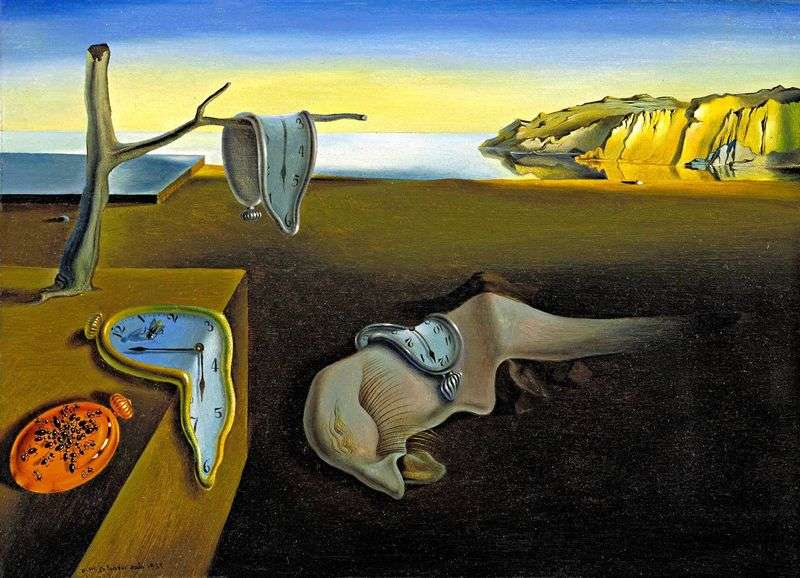 Consistency of memory by Salvador Dali
Consistency of memory by Salvador Dali Persistence of memory by Salvador Dali
Persistence of memory by Salvador Dali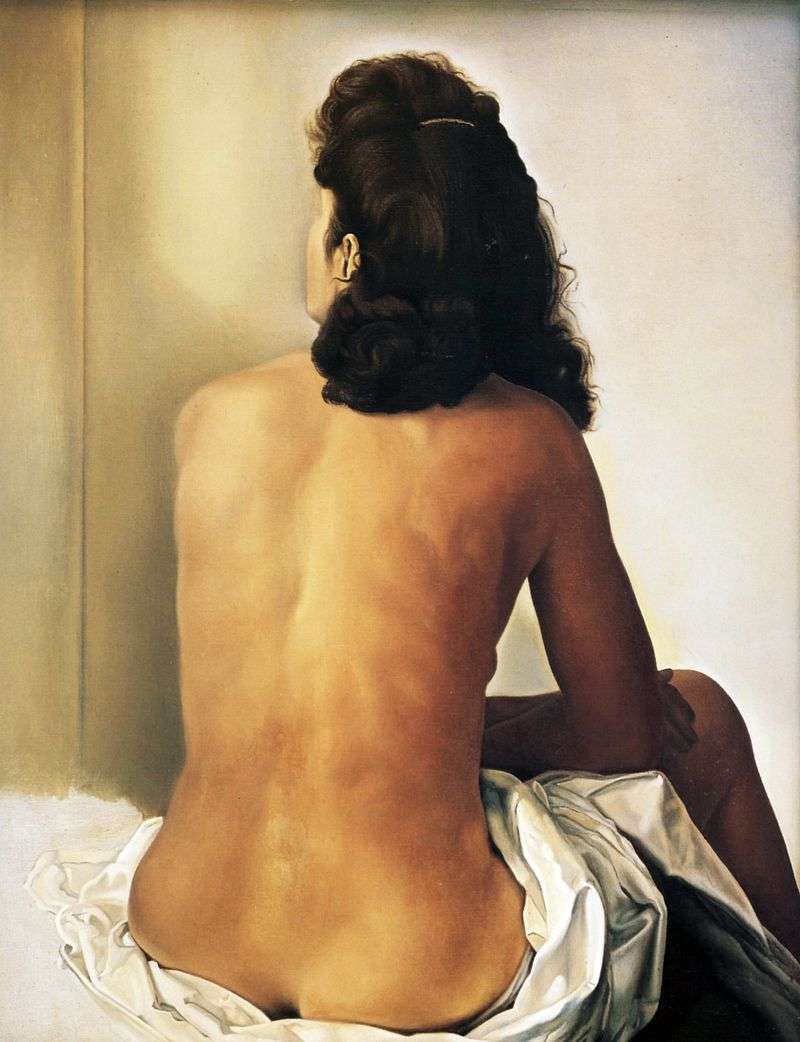 Nude Gala sitting with her back by Salvador Dali
Nude Gala sitting with her back by Salvador Dali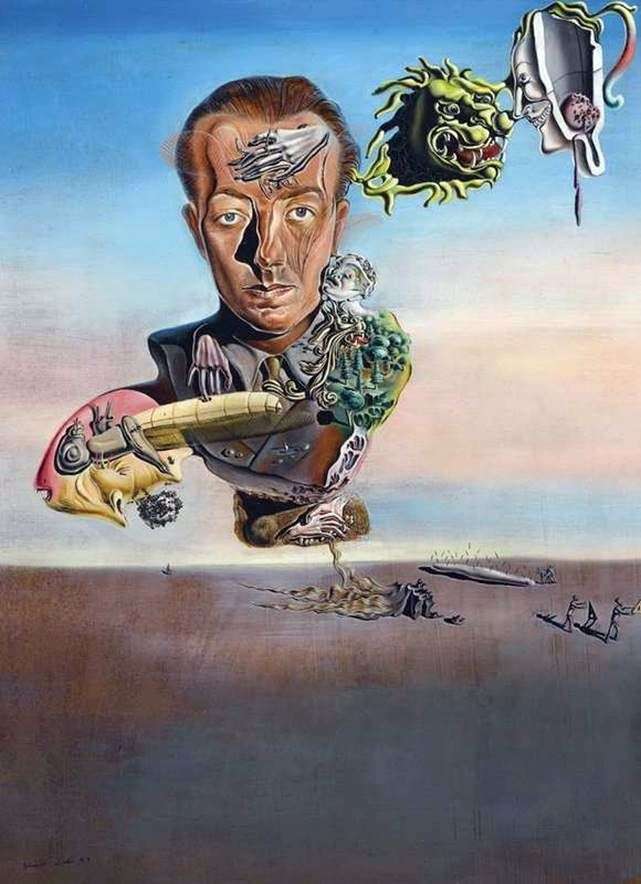 Portrait of Paul Eluard by Salvador Dali
Portrait of Paul Eluard by Salvador Dali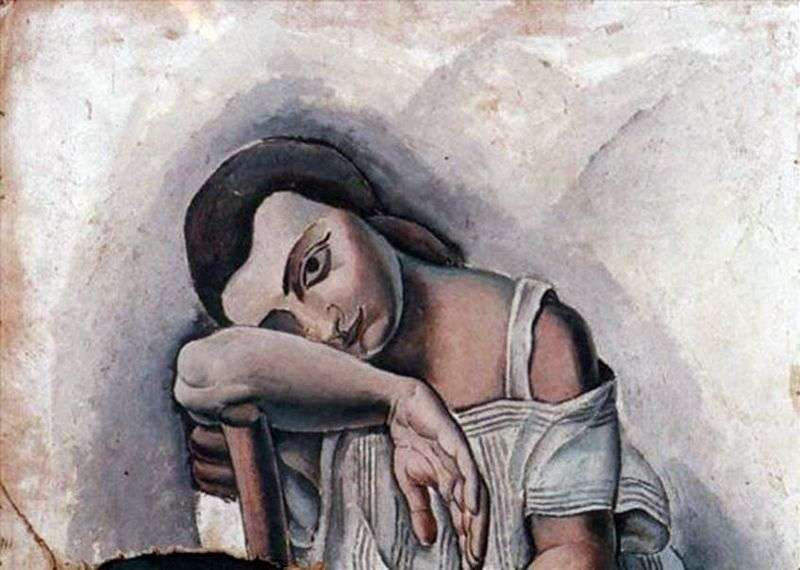 Portrait of Anna Maria by Salvador Dali
Portrait of Anna Maria by Salvador Dali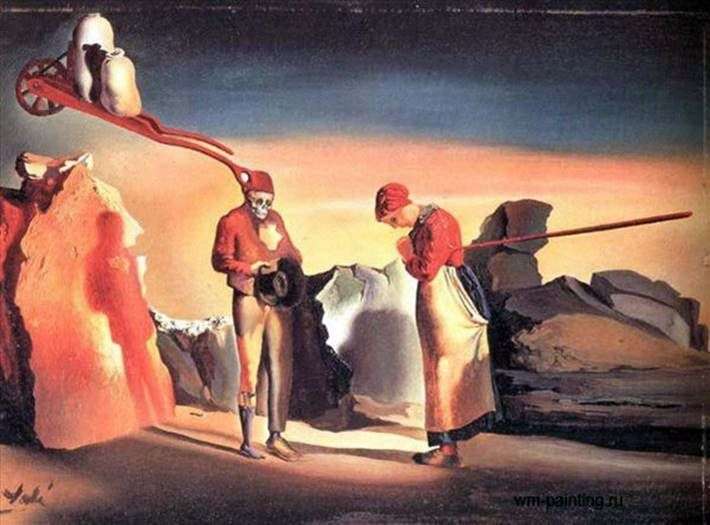 Atavism of Twilight by Salvador Dali
Atavism of Twilight by Salvador Dali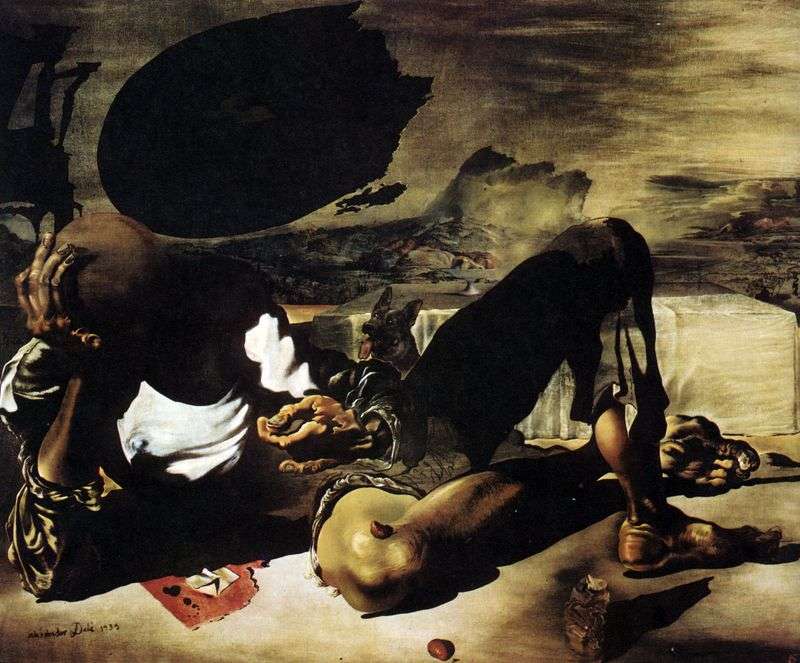 A philosopher illuminated by the moon and a defective sun by Salvador Dali
A philosopher illuminated by the moon and a defective sun by Salvador Dali